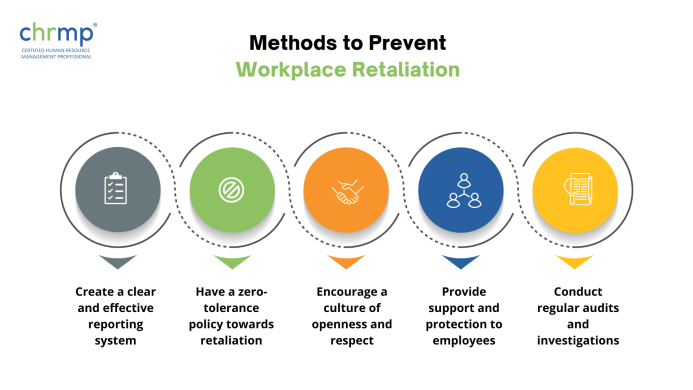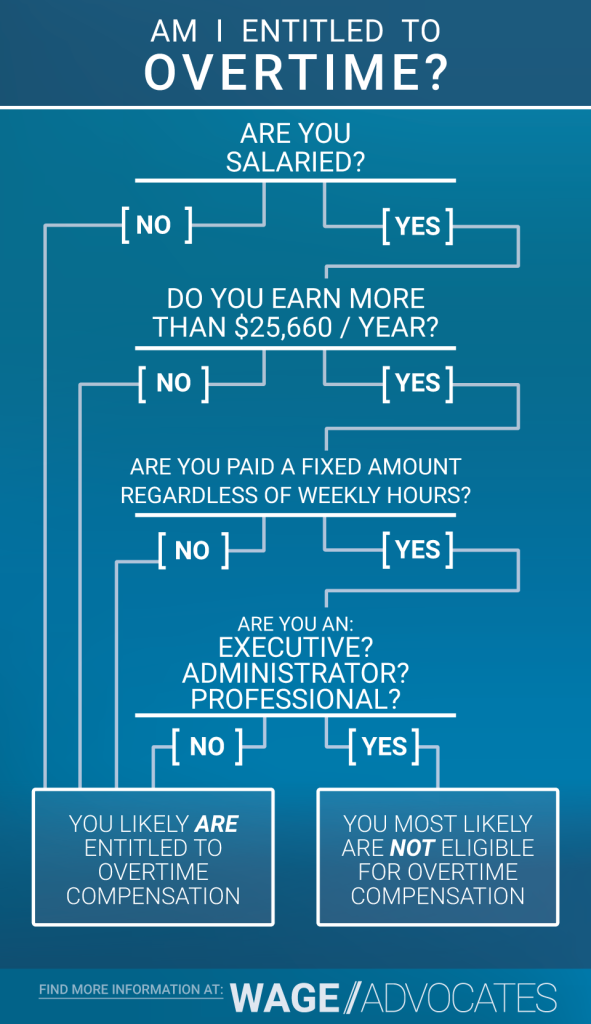
The Future of Recruitment: Top Trends to Watch for 2024 and Beyond
The world of work is always evolving, and with it, the way companies find and hire their talent. Gone are the days when recruitment was just about posting an ad and sifting through resumes. Today, it’s a dynamic, tech-driven, and people-centric field.
If you’re a business owner, an HR professional, a recruiter, or even a job seeker, understanding the upcoming trends in recruitment is crucial. It helps you stay competitive, attract the best talent, and build a thriving workforce.
In this comprehensive guide, we’ll explore the exciting trends shaping the future of recruitment, breaking down complex ideas into easy-to-understand concepts.
Why is Recruitment Changing So Much?
Before diving into the trends, let’s briefly understand why recruitment is transforming:
- Technology Boom: New tools like Artificial Intelligence (AI) and data analytics are changing how tasks are done.
- Changing Workforce Expectations: People want more flexibility, purpose, and a positive experience at work.
- Globalisation: Companies can now hire talent from anywhere in the world.
- Focus on Diversity: There’s a growing understanding that diverse teams perform better.
- Skills Gap: The skills needed for jobs are changing faster than ever, creating a gap between what companies need and what job seekers offer.
Now, let’s explore the key trends that are defining the future of recruitment.
1. The Rise of AI and Automation
Imagine having a super-smart assistant that handles all the repetitive, time-consuming tasks. That’s what AI (Artificial Intelligence) and automation are doing for recruitment. They’re not here to replace human recruiters, but to make their jobs easier and more effective.
What to watch for:
- AI-Powered Sourcing & Screening:
- AI tools can quickly scan thousands of resumes and online profiles to find candidates whose skills and experience perfectly match job requirements.
- They can identify hidden talent that might be overlooked by traditional methods.
- Benefit: Saves immense time for recruiters, allowing them to focus on connecting with candidates.
- Chatbots for Candidate Engagement:
- These AI-powered chat programs can answer common candidate questions 24/7 (e.g., "What are the office hours?", "What’s the application status?").
- They can even schedule interviews, making the process smoother for everyone.
- Benefit: Provides instant support to candidates, improving their experience and reducing recruiter workload.
- Predictive Analytics:
- AI can analyze past hiring data to predict which candidates are most likely to succeed in a role, stay with the company long-term, and even perform well.
- Benefit: Leads to more successful hires and reduces employee turnover.
In simple terms: AI takes care of the boring, repetitive stuff, so recruiters can focus on the human side of things – building relationships and making the best hiring decisions.
2. Data-Driven Decisions
Just like companies use data to understand their customers, they’re now using data to understand their hiring process. This means moving away from guesswork and towards informed choices.
What to watch for:
- Recruitment Metrics:
- Companies are tracking things like "time-to-hire" (how long it takes to fill a role), "cost-per-hire" (how much it costs to hire someone), and "source-of-hire" (where successful candidates come from).
- Benefit: Helps identify bottlenecks in the hiring process and areas for improvement.
- Candidate Journey Analytics:
- Understanding where candidates drop off during the application process (e.g., at the resume submission stage, after an initial interview).
- Benefit: Pinpoints issues in the candidate experience that might be deterring top talent.
- Performance & Retention Data:
- Analyzing data to see if candidates hired through certain methods or from specific sources perform better or stay longer.
- Benefit: Helps refine hiring strategies to find candidates who are a better long-term fit.
In simple terms: Data acts like a roadmap, showing recruiters what’s working, what’s not, and where they can make smarter choices to get the best people.
3. Embracing Remote and Hybrid Work Models
The pandemic accelerated a trend that was already bubbling: the shift away from mandatory office work. Remote work (working from anywhere) and hybrid work (a mix of office and remote) are here to stay and are fundamentally changing how companies recruit.
What to watch for:
- Global Talent Pool:
- Companies are no longer limited to hiring talent in their local city or country. They can recruit from anywhere in the world.
- Benefit: Access to a much wider and more diverse pool of candidates, including highly specialized skills.
- Flexibility as a Key Perk:
- For many candidates, the ability to work remotely or have a flexible schedule is a non-negotiable perk. Companies that don’t offer it might miss out on top talent.
- Benefit: Attracts candidates who prioritize work-life balance and autonomy.
- Focus on Digital Tools:
- Recruitment processes are becoming fully digital, from virtual interviews and online assessments to digital onboarding.
- Benefit: Streamlines the hiring process and makes it accessible for candidates worldwide.
In simple terms: The office is no longer the only place to work, opening up exciting new possibilities for both companies and job seekers.
4. The Power of Candidate Experience
Think of a job seeker as a customer. How they experience your hiring process impacts your company’s reputation, whether they accept an offer, and even if they recommend you to others. A positive candidate experience is more important than ever.
What to watch for:
- Personalized Communication:
- Moving beyond generic email templates. Candidates want to feel seen and valued, with clear, timely updates.
- Benefit: Makes candidates feel respected and keeps them engaged throughout the process.
- Streamlined Application Process:
- No one wants to spend hours filling out a clunky application form. Companies are simplifying forms and integrating with tools like LinkedIn for easy apply.
- Benefit: Reduces frustration and encourages more people to apply.
- Timely Feedback:
- Even if a candidate isn’t selected, providing constructive feedback or a polite rejection can leave a positive impression.
- Benefit: Protects your employer brand and encourages future applications.
- Transparency:
- Being clear about salary ranges, job responsibilities, and company culture upfront.
- Benefit: Sets realistic expectations and attracts candidates who are a good fit.
In simple terms: Treat job seekers like gold! A smooth, respectful, and transparent hiring journey will make them want to work for you.
5. Prioritizing Diversity, Equity, and Inclusion (DEI)
Diversity means having people from different backgrounds (gender, race, age, ability, etc.). Equity means fair treatment and opportunities for everyone. Inclusion means making sure everyone feels welcome and valued. DEI is no longer just a buzzword; it’s a core business strategy.
What to watch for:
- Bias Reduction Tools:
- AI tools can help remove unconscious bias from job descriptions (e.g., identifying gender-coded language) and even during resume screening.
- Benefit: Creates a fairer playing field for all candidates.
- Diverse Interview Panels:
- Ensuring that interviewers come from diverse backgrounds can help reduce bias and make candidates from underrepresented groups feel more comfortable.
- Benefit: Leads to more objective evaluations and a wider range of perspectives.
- Inclusive Job Descriptions:
- Using language that appeals to a broad range of candidates and clearly stating a commitment to DEI.
- Benefit: Attracts a more diverse applicant pool.
- Focus on Skills, Not Just Degrees: (See next point!)
- Benefit: Opens doors to talent from non-traditional educational paths.
In simple terms: Building diverse teams isn’t just "nice to have" – it’s smart business, leading to more innovation, better problem-solving, and a stronger company culture.
6. Skills-Based Hiring Takes Center Stage
Traditionally, recruiters often focused on degrees and years of experience. Now, there’s a growing shift towards skills-based hiring, meaning they care more about what you can do rather than where you went to school or how many years you’ve done something.
What to watch for:
- Focus on "Hard" and "Soft" Skills:
- Hard Skills: Measurable abilities like coding, data analysis, or speaking a foreign language.
- Soft Skills: Personal qualities like communication, problem-solving, adaptability, and teamwork. These are increasingly vital.
- Benefit: Ensures candidates have the practical abilities and interpersonal skills needed to succeed.
- Skills Assessments & Portfolios:
- Instead of just asking about skills, companies are using practical tests, simulations, or reviewing work portfolios to see skills in action.
- Benefit: Provides a clearer picture of a candidate’s actual capabilities.
- De-emphasizing Degrees:
- While degrees can be valuable, companies are realizing that many talented individuals gain skills through bootcamps, online courses, apprenticeships, or self-study.
- Benefit: Expands the talent pool and promotes equity.
In simple terms: It’s less about your resume’s fancy paper and more about your real-world abilities and how you interact with others.
7. Strengthening Employer Branding
Your employer brand is what people think, feel, and say about your company as a place to work. In a competitive job market, a strong employer brand is like a magnet for top talent.
What to watch for:
- Authentic Storytelling:
- Sharing real stories from current employees about their experiences, career growth, and the company culture. This can be through videos, blogs, or social media posts.
- Benefit: Builds trust and provides a realistic view of what it’s like to work there.
- Active Social Media Presence:
- Using platforms like LinkedIn, Instagram, and even TikTok to showcase company culture, employee life, and values.
- Benefit: Reaches a wider audience and appeals to different demographics.
- Employee Advocacy Programs:
- Encouraging current employees to share their positive experiences online. Their authentic voice is often more trusted than corporate messages.
- Benefit: Creates genuine buzz and word-of-mouth marketing.
- Clear Value Proposition:
- Clearly communicating what makes your company unique and a great place to work – beyond just salary (e.g., growth opportunities, work-life balance, impact).
- Benefit: Attracts candidates whose values align with the company’s.
In simple terms: Show, don’t just tell! Let your company’s personality shine through and let your employees be your best advertisers.
8. Continuous Learning and Upskilling
The pace of change in technology and industry means that skills can quickly become outdated. Upskilling (learning new skills) and reskilling (learning entirely new skills for a different role) are becoming vital, not just for employees but also for recruiters.
What to watch for:
- Internal Mobility:
- Companies are focusing on developing their current employees for new roles rather than always looking externally. This involves training programs and mentorship.
- Benefit: Retains valuable talent, boosts morale, and reduces hiring costs.
- Learning & Development (L&D) Programs:
- Offering access to online courses, workshops, and certifications to help employees stay current and grow.
- Benefit: Ensures the workforce remains adaptable and innovative.
- Recruiters as Career Coaches:
- Recruiters are increasingly acting as advisors, helping candidates identify skill gaps and suggesting learning paths.
- Benefit: Builds stronger relationships with talent and future-proofs the workforce.
In simple terms: Learning never stops! Companies are investing in their people to make sure they have the skills needed for tomorrow’s challenges.
Conclusion: Adapting to the New Recruitment Landscape
The future of recruitment is dynamic, exciting, and full of potential. From the smart assistance of AI to the human-centric focus on candidate experience and DEI, these trends are reshaping how companies find and attract the best people.
For businesses, embracing these changes isn’t just about keeping up; it’s about gaining a competitive edge. For recruiters, it means evolving their roles to become more strategic and less administrative. And for job seekers, it means a more transparent, efficient, and potentially fairer hiring journey.
By understanding and adapting to these key trends, you’ll be well-prepared to navigate the evolving world of work and build the teams of tomorrow. The time to prepare for the future of recruitment is now!



Post Comment